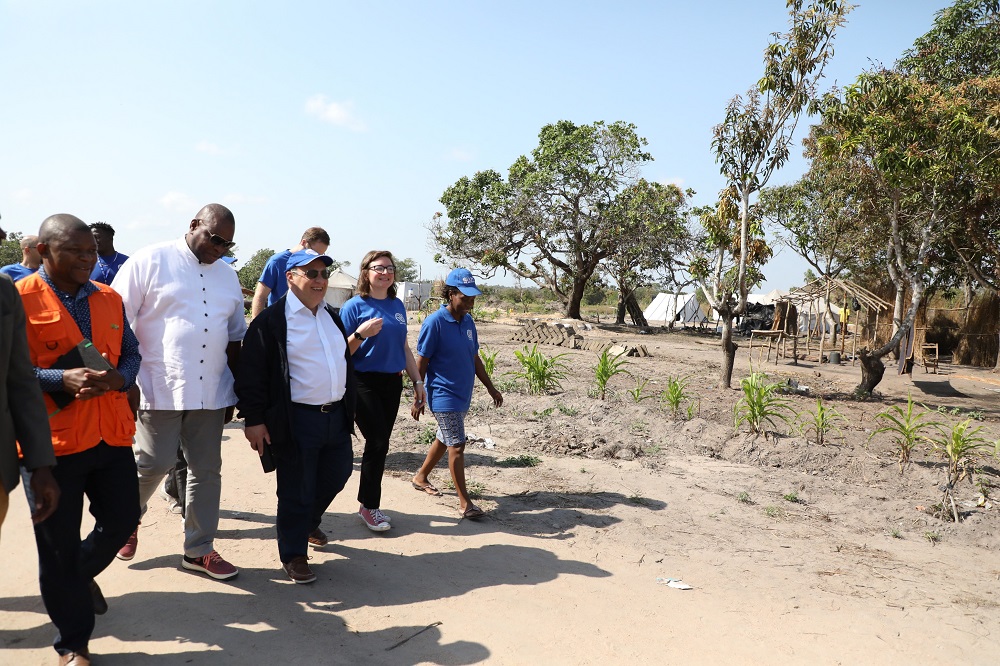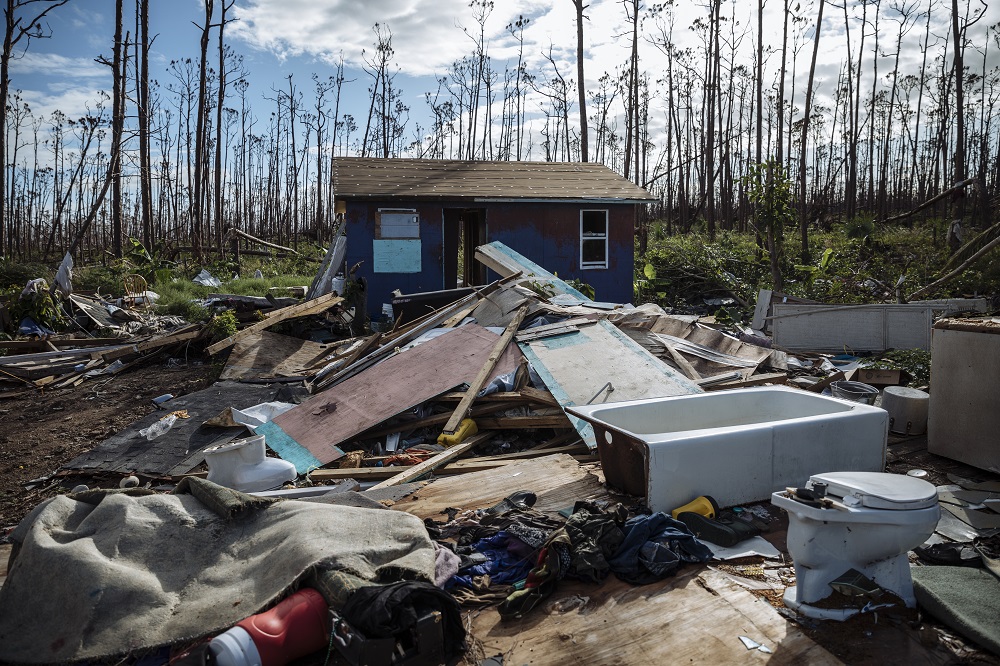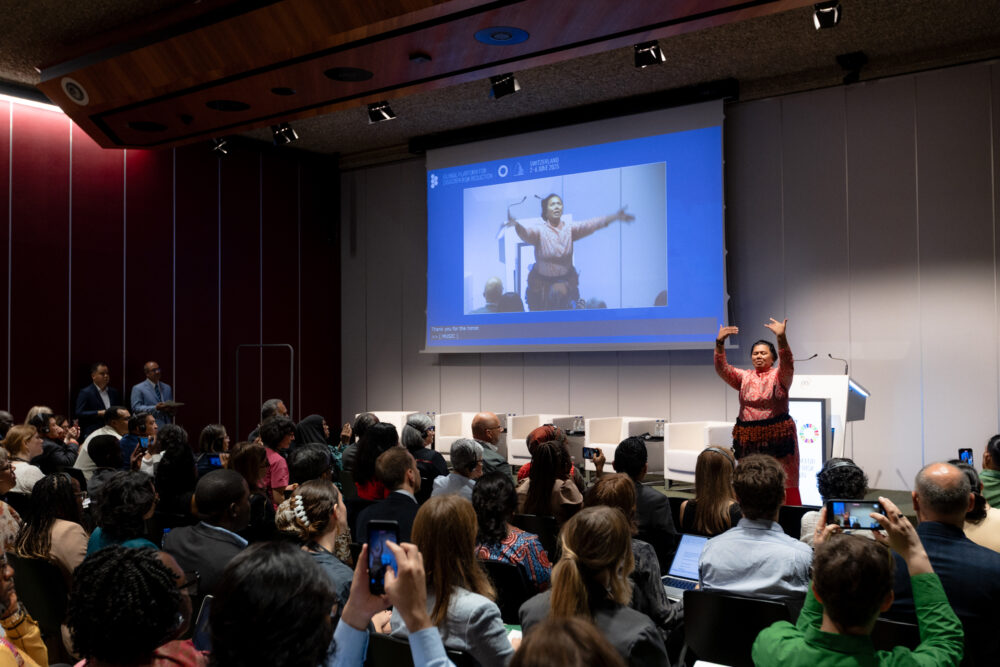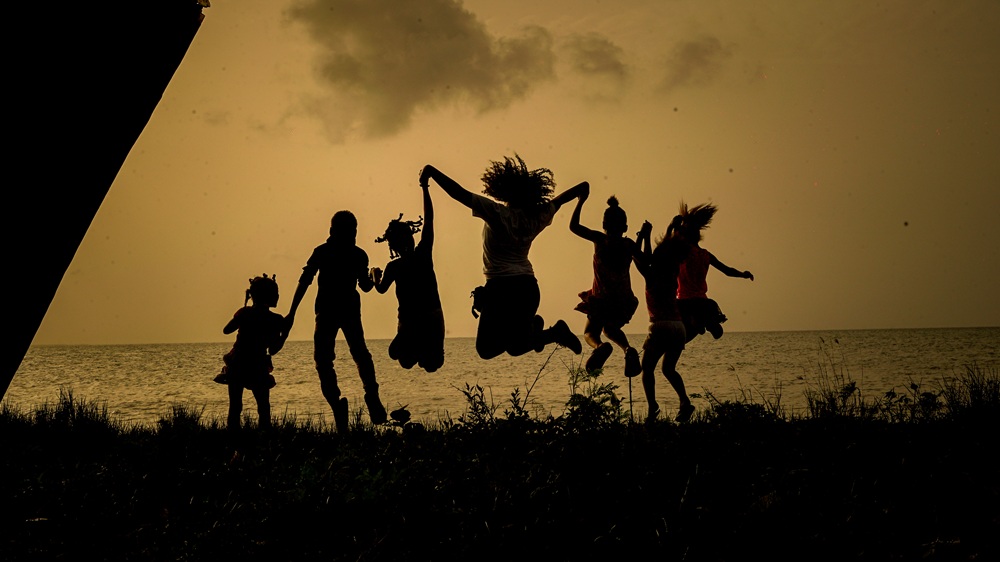“We know that environmental migration is multi-causal and each partner can bring their own expertise and experience to the table, making the partnership more than the sum of its parts.”
With the goal to increase awareness on disaster displacement among the international community in Geneva, France, as Chair of the Platform on Disaster Displacement (PDD) hosted a breakfast event on 5 February 2020. In this context, French Ambassador H.E. Francois Rivasseau invited Mr. António Vitorino, Director General of International Organization for Migration (IOM), to speak about the work of IOM and how to tackle the challenges of disaster displacement.
As this event took place before the COVID-19 pandemic, which triggered an unprecedented global crisis, the interview does not assess the impacts of COVID-19 on migration and displacement dynamics induced by climate change and disasters, nor on IOM’s work in relation with this thematic. However, and since then, several discussions have emerged to better understand the connections between migration, displacement, climate change and COVID-19 and IOM has initiated several activities to assess these linkages that readers can consult on the IOM dedicated webpage.
PDD Secretariat: What does migration have to do with disasters and climate change? Can you talk about the situation around the world today?
Mr. António Vitorino: Climate change and migration are two of the most defining challenges of our time. We have overwhelming evidence that climate change, environmental degradation and disasters are leading directly and indirectly to the migration of millions of people in all parts of the world.
The examples are numerous and can be found worldwide. In 2019, Cyclone Idai displaced hundreds of thousands in Mozambique, Malawi, Madagascar and Zimbabwe, while Cyclones Fani and Bulbul displaced millions in India and Bangladesh. In the Pacific, entire coastal and islands communities must relocate to flee sea level rise and coastal erosion. In Somalia, more than 2,5 million people are currently forcibly displaced within the country, as a result of a combination of insecurity, drought and floods, which create dramatic food shortages and increase poverty.
We also need to remember the specific vulnerabilities of those so called “trapped populations” – those who do not have the means to move out of degraded environments and remain trapped in dangerous environmental conditions. Their plight has not been extensively studied and they are often not considered in policy discussions.
One of the major difficulties we are facing is that environmental and climatic factors often interact with other drivers of migration, such as continued inequality, ongoing fragility, development challenges and demographic change. This means that not a single sector can comprehensively address all the facets of this complex nexus and collective efforts, solidarity and responsibility are needed.
PDD Secretariat: How is IOM contributing to solutions to this challenge?

Mr. António Vitorino: IOM is at the forefront of addressing migration and displacement in the context of climate change and disasters. We have been working on these questions since the 1990s and have developed an extensive portfolio of operational, policy, capacity building and research activities that aim to support governments to address these immense challenges.
We have three main objectives:
- Support States to develop solutions for people to stay in their places of origin and avoid forced migration: This means supporting efforts to enhance livelihoods, improve disaster risk reduction, and enhance climate change adaptation and mitigation measures. We have projects and programmes supporting this goal in countries such as Niger and Vietnam.
- Provide solutions for people already on the move: This is about providing emergency and humanitarian responses and develop durable solutions in situations of displacement linked to sudden disasters, such as storms and floods, or slow-onset disaster such as drought. We have ongoing operations in many countries from Mozambique and Bangladesh to Bahamas and Afghanistan.
- Support the development of solutions for people to migrate safely, regularly and with dignity: This involves supporting global, regional and national policy dialogues to advance thinking and promote the development of policy options for regular migration pathways that can increase the resilience of people affected by climate change and disasters. We develop regional initiatives and support regional policy dialogues in regions such as the Pacific, the Caribbean and East Africa. We are also very active in global policy dialogues, including the Task Force on Displacement under the United Nations Framework Convention on Climate Change (UNFCCC), and the “Words into Action” global initiative to support national implementation of the Sendai Framework for Disaster Risk Reduction 2015-2030.
We have also noted that the needs of states and affected communities are not only growing, but are also changing. This means that we need to step up our action to ensure that our work is as effective as possible. For this reason, IOM is launching a comprehensive process to develop an institution wide strategy on migration, environment and climate change. We will analyze the impacts of our past activities and extract good practices, and as importantly, determine our strategic priorities moving forward.
One priority in that respect is to look at how to adapt existing migration policies and practices or create new tools to facilitate safe, orderly and regular migration in the context of disasters, environmental degradation and climate change. This is in line with the ambitions of the first intergovernmental agreement on international migration, the Global Compact for Safe, Orderly and Regular Migration (GCM). As the Coordinator of the United Nations Network on Migration, established to support the implementation, follow-up and review of the GCM, I hope that the work done by states to implement the GCM will lead to a greater understanding of what kind of migration policy and practice is needed, such as visa requirements and waivers, educational, training or labor bilateral agreements, voluntary return policies, measures to prevent and combat trafficking and smuggling of migrants and economic measures to reduce the cost of transferring remittances and incentivize investments of diasporas.
PDD Secretariat: How can PDD, IOM, UNHCR and their partners collectively work to address these major challenges?
Mr. António Vitorino: Collaboration is key to develop solutions for people who migrate or are displaced because of the adverse effects of climate change and disasters. First, we need to plan together. Now is not the moment to multiply competing initiatives and forego coordination. We are in a climate crisis, resources are scarce and they need to be maximized. We know that environmental migration is multi-causal and each partner can bring their own expertise and experience to the table, making the partnership more than the sum of its parts. In that respect, the PDD-IOM-UNHCR partnership can add enormous value as we all have our specific strengths that could be leveraged, including in essential efforts to build, strengthen and share data and evidence on environmental migration and disaster displacement.
We also need to jointly invest in supporting action at the regional level. There is increasing agreement that regional policies and programmes should be prioritized, as it is where robust action has the potential to positively affect the highest number of people. IOM and PDD are already working together with other partners on major regional multi-partner programs in the Pacific and the West Africa, and we acknowledge that PDD is an important mechanism to amplify progress in the development and implementation of policy tools and guidance.
Finally, collaboration is also crucial at the global level to advance both climate action and migration governance. The Paris Agreement and the GCM both represent milestones and have evidenced state’s willingness to address the migration, environment and climate change nexus. This greater awareness and political will brings us opportunities. We are already developing joint programmes on environmental migration to support the GCM implementation and the operationalization of the recommendations of the Task Force on Displacement.
PDD Secretariat: You have just met with several representatives of the international community in Geneva, what was your main message to them?
Mr. António Vitorino: The world faces a climate crisis – we cannot afford to delay our efforts. Unless action is taken now, many more people will be forced to migrate due to the adverse effects of climate change on their livelihoods, health and security. Projections converge to indicate that millions will be at risk of displacement if robust climate action is not taken immediately. The projected numbers are impressive and scary, however it is important to remember that not all people at risk will actually migrate. Strong climate adaptation and mitigation coupled with development measures can help people to remain in their communities. Sensible migration policies can offer safe and regular options for those who cannot remain or return to the areas of the planet devastated by climate impacts. There is scope to avoid worst case scenarios and IOM, PDD and UNHCR stand ready to help.
Photo 1: © IOM, Bahamas, 2019.
Photo 2: © Sandra Black, IOM Mozambique, 2019.
Useful Links
Read more about the International Organization for Migration
Read the World Migration Report 2020
Read about the COVID-19 Pandemic, Migration and the Environment by Dina Ionesco and Mariam Traore Chazalnoël
Subscribe to the Environmental Migration Newsletter





